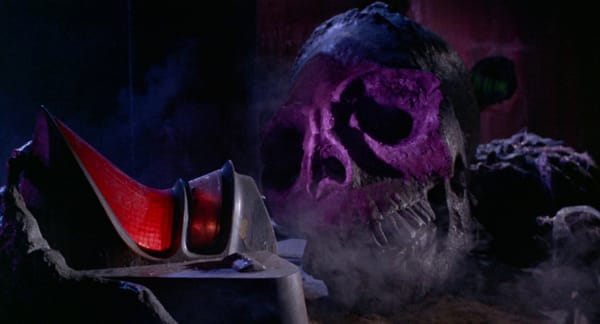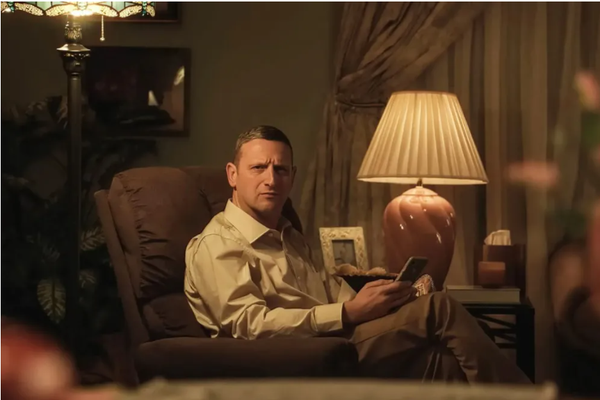Great Apes, Lesser Representation
For too long have depictions of primates onscreen been disappointing
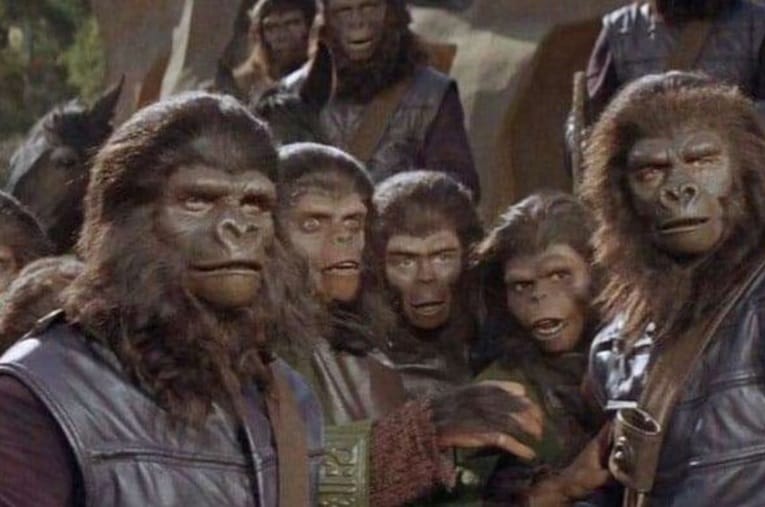
It’s 1933. Audiences rush to cinemas to experience Willis H. O’Brien’s groundbreaking use of special effects in King Kong. Anyone hoping to see the titular gorilla as a gentle giant, chilling out and eating stems, leaves and fruits would have been sorely disappointed. In one of the original sins of cinema’s woeful treatment of our simian siblings, audiences were confronted by Kong as a violent monster, tearing rival monsters apart and abducting a beautiful white woman.1
It’s 1951. Future President Ronald Reagan is making a name for himself as a reactionary Hollywood snitch. He stars opposite a chimpanzee named Peggy in Bedtime for Bonzo. Over the course of the film, his character raises the chimp as a law-abiding human child. Bonzo doesn’t eat anyone’s face onscreen but offscreen, Peggy unsuccessfully tries to do something that would have changed history for the better.
It’s 2016 and Hollywood is ready to learn from its mistakes. Jon Favreau is remaking The Jungle Book and wants to bring the orangutan character of King Louie into the 21st Century. In particular, orangutans neither live in India, nor are they capable of petty despotism. He reframes the ape antagonist as a gigantopithecus, an extinct cousin of the orangutan that happens to be much bigger. Results are mixed.
I don’t blame Hollywood for its fascination with apes. They’re so similar to us that they can serve as an effective canvas onto which filmmakers can project their own themes about humanity (or their weird racism). At the same time, they’re different enough that there’s an uncanny valley filmmakers can exploit to make them scary. Most notably, this contradiction is the whole modus operandi of the Planet of the Apes series which uses our relationship with our taxonomical relatives as a way to explore themes of prejudice and othering. However, since at least 1933, that representation has borne little resemblence to how apes actually behave.
I refuse to let a bunch of film industry elites define how I see my gorilla, chimp, bonobo and orangutan comrades. I will speak up when they complete ignore the rich gibbon experience. I want to draw attention to some of the wrongs that stem from the disconnect between depictions of apes in cinema and apes in real life.
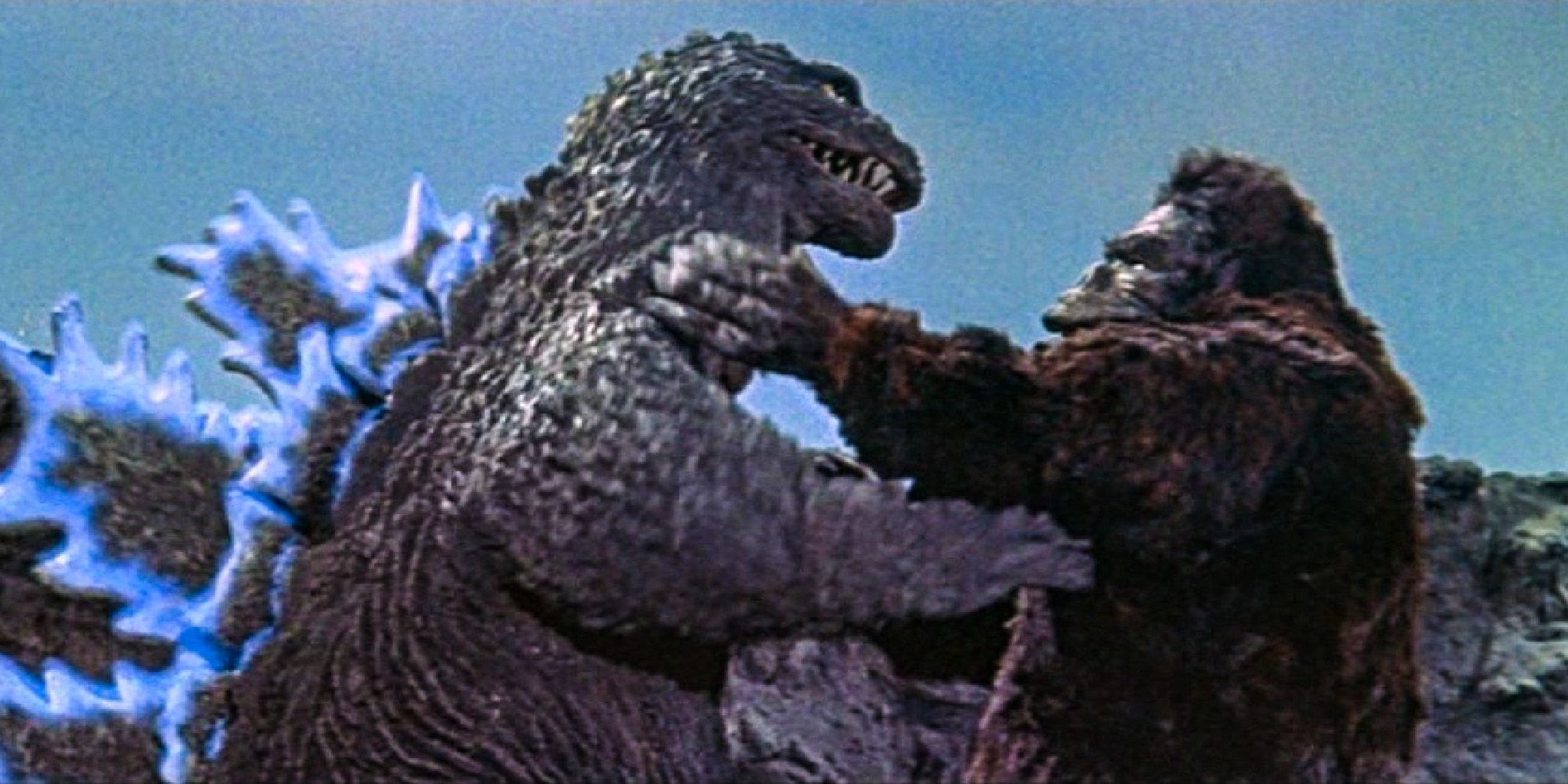
1. Gorillas are not violent monsters…
Notable Depictions: Most warlike apes from the Planet of the Apes series (e.g. General Aldo, General Ursus, Colonel Attar); Joe Young from Mighty Joe Young; Ape from George of the Jungle; Amy from Congo; King Kong from decades of films.
What they’re actually like: Gorillas have been known to attack humans when they’re threatened (apparently the state was justified in killing Harambe but I’m not convinced) but for the most part they are gentle giants.
How they are be depicted: The most famous depictions of gorillas are in the long running Planet of the Apes and King Kong franchises. These films play up the fact that gorillas are big and imposing at the expense of the beating heart beneath the rippling muscles. In the society depicted in the Apes films, gorillas serve as generals in the ape army and vocalise some of its most violent rhetoric. Similarly, King Kong is an absolute beast and often eats humans (despite gorillas being mostly herbivorous). There are counter-examples but the most enduring gorillas in pop-culture are egregious for the misinformation they contain.
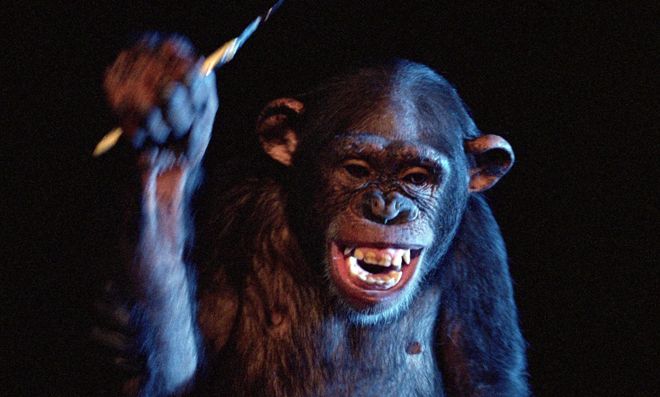
2. … but Chimpanzees are
Notable Depictions: Most ape protagonists in the Planet of the Apes series (especially Caesar, Dr. Cornelius and Dr. Zira); Mr. Livingstone the Chimp from Delicatessen; Inga the chimpanzee from Phenomena; Robbie Williams from Better Man; Zootie, Bob and Easy from Babe: Pig in the City; Bonzo from Bedtime for Bonzo; Nim Chimpsky from Project Nim.
What they’re actually like: Chimps are assholes. Unlike plant-based gorillas, they will eat both plants and animals and regularly engage in violence. Attempts to raise chimps as humans frequently end in tragedy and they are known to engage in warfare in the wild.
How they are be depicted: Because chimpanzees are the most similar apes to humans, they tend to be seen as more sympathetic and cast in the protagonist role. Throughout the Apes series, the most prominent apes have been chimps. Just recently, a CGI chimpanzee2 led a film as Robbie Williams. There are some great films that lean into the scary side of chimpanzees (e.g. Phenomena and Delicatessen) but these are exceptions to the rule.
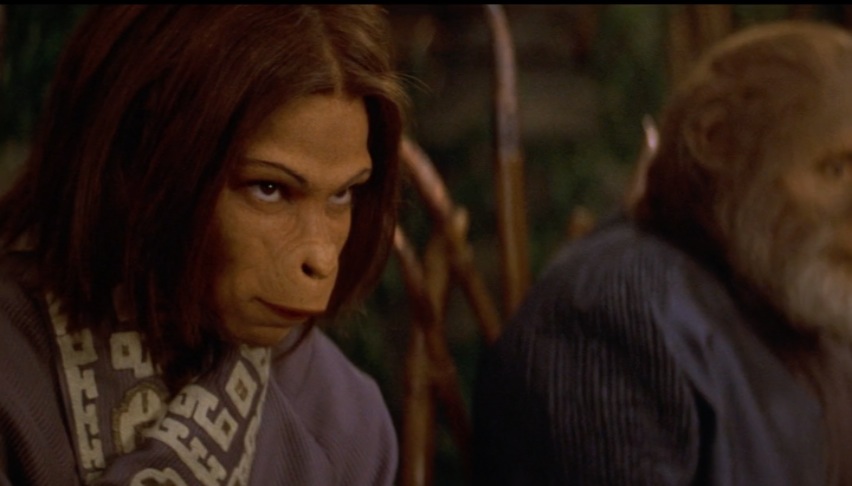
3. Bonobos are as if the chimp hierarchy was based on sex instead of violence
Notable Depictions: Koba and Leeta from the Planet of the Apes series.
What they’re actually like: Bonobos are our other closest primate relative. Where chimps reflect humanity’s great capacity for evil, it is in bonobos that we can recognise our altruistic (and freaky) side. They are much less violent than chimpanzees and exhibit a number of unique characteristics like matriarchal societies, male/female friendships and tongue-kissing. This last point is especially notable because bonobo relationships are defined by sex in all its many, varied forms.
How they are be depicted: It was only in the 20th Century that bonobos were classified as a separate species than chimpanzees so examples in media are much less common. There are a couple of confirmed bonobos in the Apes franchise, most notably Koba who is the villain in Rise/Dawn/War of the Planet of the Apes. I find Koba egregious because of how this violent, human-hating bonobo is pitted against the Caesar the chimpanzee peacemaker. This is an slanderous reversal of their real-life behaviours.
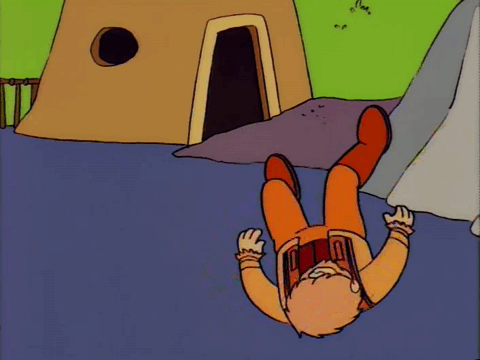
4. Orangutans are the most accurately depicted great apes
Notable Depictions: Most ‘wise’ ape characters from the Planet of the Apes series (notably Dr. Zaius, Maurice and Raka), Thelonius from Babe: Pig in the City; King Louie from The Jungle Book; Dunston from Dunston Checks In; Clyde from Every Which Way but Loose.
What they’re actually like: Orangutan is a contraction of the Malay words ‘orang’ (person) and ‘hutan’ (forest), with the quite straightforward meaning of ‘person of the forest’. This demonstrates that humans have understood for centures that orangutans are just guys who happen to live in the jungle. They’re smart, chill and peaceful.
How they are be depicted: Credit where credit’s due, there seems to be a widespread understanding that orangutans are wise and relaxed (with the exception of King Louie). They tend to be some of the most endearing characters in the Apes franchise, especially Raka in last year’s Kingdom of the Planet of the Apes. We’re pretty much all on the same page here, good stuff!

5. Gibbon erasure is real
Notable Depictions: N/A
What they’re actually like: Although they’re technically ‘lesser apes’, to me, gibbons are pretty great in their own right. There are 20 species of gibbons across Asia and all of them are notable for their long arms, making them the best animal in the world at swinging between trees. Their arms serve a similar purpose as a monkey’s prehensile tail3 but they wiggle around humourously when they run on the ground.
How they are be depicted: I am not aware of any important gibbon characters in film4. Apparently they feature in the supporting material for the Apes franchise and Raka mentions them in a line of dialogue in Kingdom but for the most part, they have been ignored by Hollywood.
Koko is love. Nature is love. Both love humans. But Humans stupid. Stop destroying Earth. Subscribe for more.
For nearly a century, critics have drawn attention to the pretty horrible racist subtext of King Kong which I’m not going to get into here but it should not be overlooked. ↩
Several reviews refer to the character as a ‘monkey’ which demonstrates just how far we have to go to fix people’s hearts. ↩
Again, none of these are monkeys. ↩
Please feel free to correct me if I’ve missed one! I follow the YouTube channel Casual Geographic which is pretty enjoyable (if overwritten) and I loved the guy’s gibbon video. ↩


